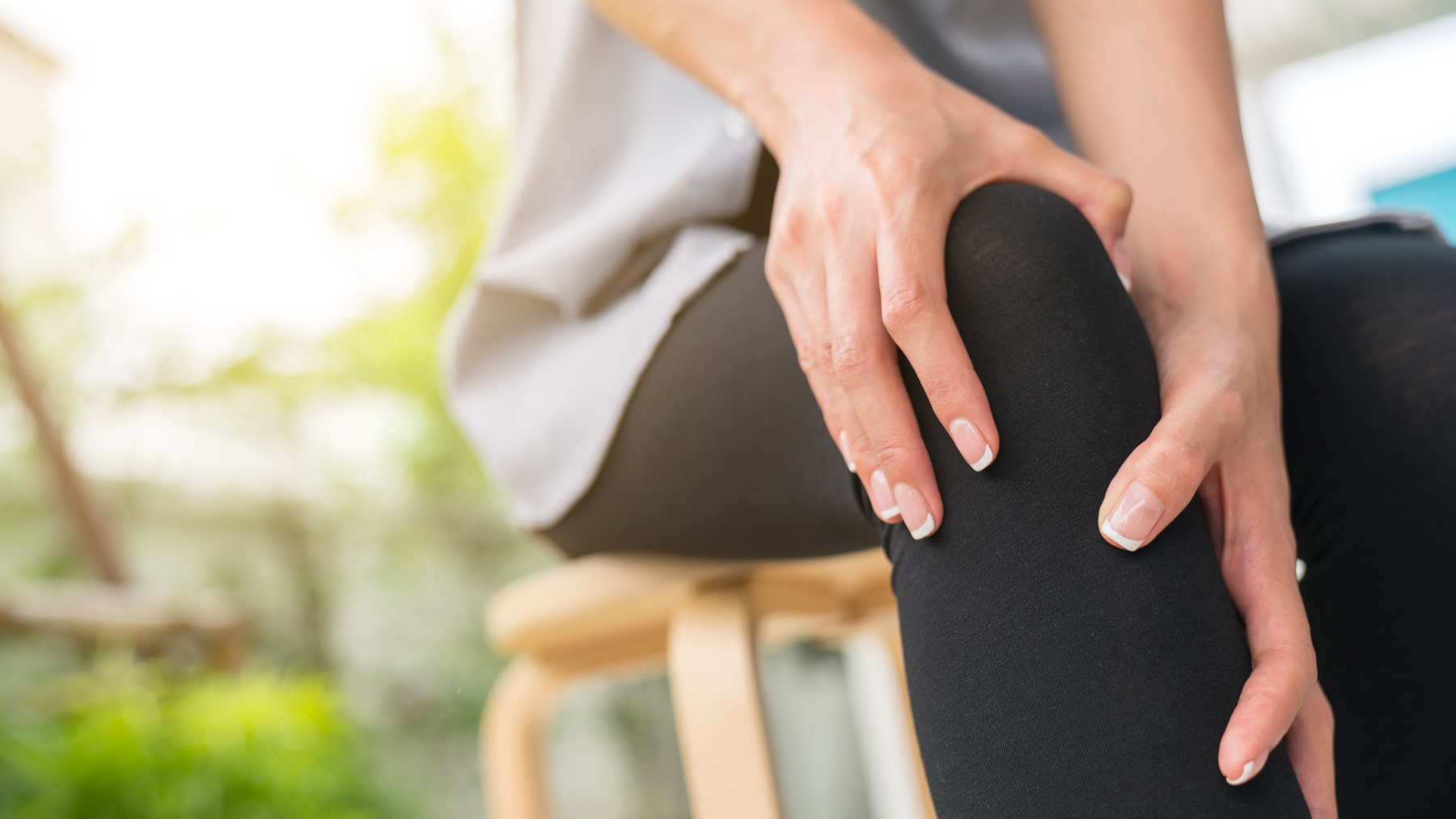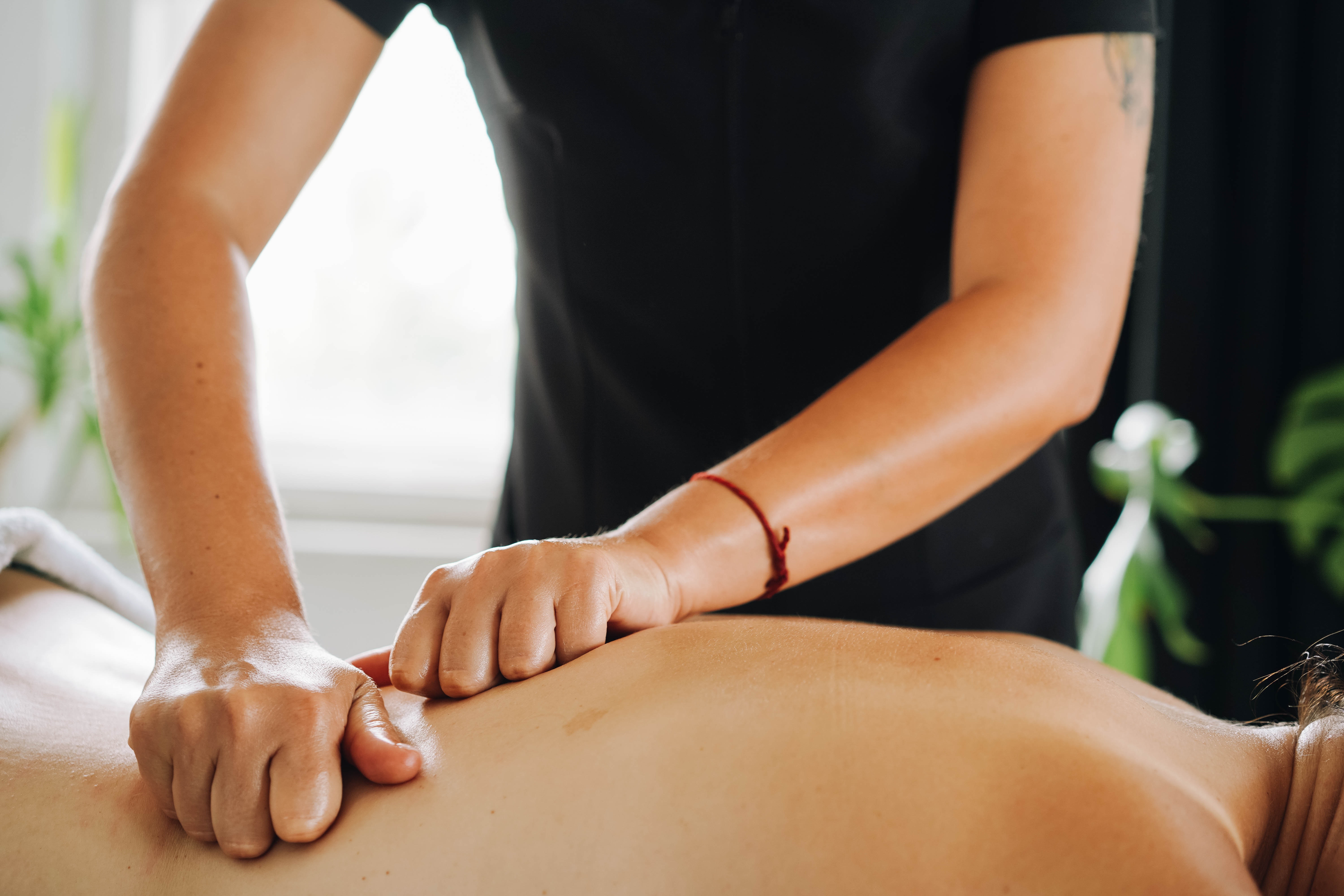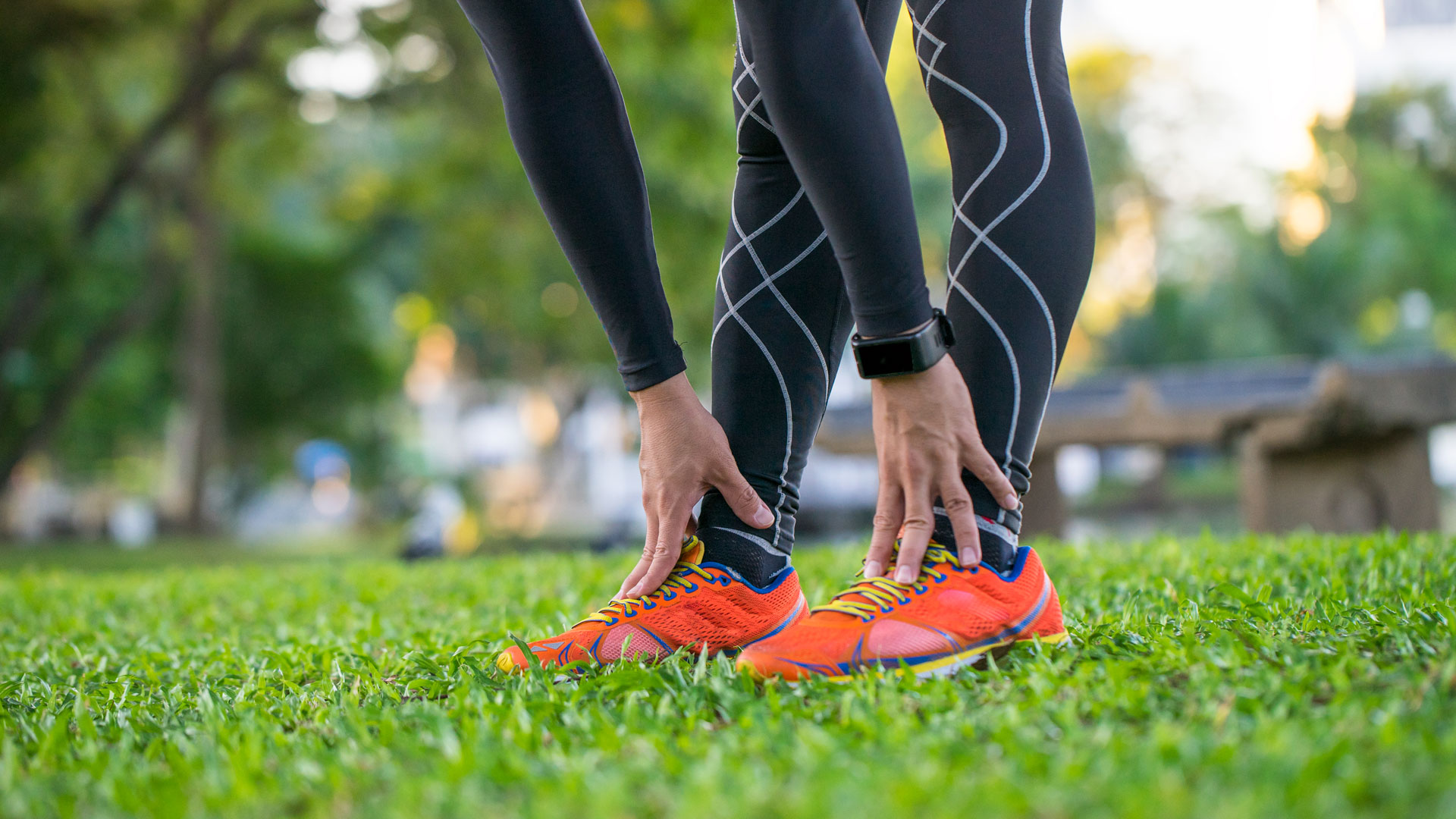Five causes of joint pain and ways you can manage it
We look at the top causes of joint pain and how best to manage it for a happier, healthier life

Severe joint pain is a problem affecting one in four American adults, according to the CDC, with half of this group reporting their joint pain as persistent. As a result, there has been extensive research into the main causes of joint pain and how best to manage it.
Joint pain can be very restrictive, reducing quality of life and making it difficult to enjoy hobbies and activities that those without pain tend to be able to do easily. Although arthritis is the primary culprit, inflammation, poor posture and injury can also cause joint pain.
The best supplements for joints can certainly help when it comes to managing joint pain. But how else can we minimize pain in order to live a fuller, less pain-filled life? Here are some potential options.
Five causes of joint pain
Arthritis
There are several different types of arthritis, including osteoarthritis, rheumatoid arthritis, and gout. This can affect just one joint, or several joints, causing pain and difficulty moving for many who experience it. By far the most common cause of joint pain, you can also experience arthritis in response to an infection or sepsis, which is more likely to affect younger people.
Osteoarthritis is the most common type of arthritis. Often age-related, it is caused by cartilage degeneration around the joints. A study in Maturitas indicates a strong link between obesity and osteoarthritis too, as joints are put under more pressure from excess weight and cartilage can degrade faster.
Rheumatoid arthritis, on the other hand, is an autoimmune condition affecting bones, cartilage, tendons and ligaments. It can cause severe joint pain, as well as other symptoms, and occurs due to the inflammation of synovium cells which cover your joints. These release chemicals that can build up and cause damage to the body.

Gout is another form of inflammatory arthritis, similar to rheumatoid arthritis, except it’s not an autoimmune condition. A study in the Lancet journal indicated that gout is caused by a condition called hyperuricemia, where there is too much uric acid in the body, which then forms crystals around joints. These can be painful.
Start your week with achievable workout ideas, health tips and wellbeing advice in your inbox.
Injury
Trauma to a joint may cause persistent pain. It is vital that you seek medical advice if you are experiencing sudden pain or pain after a fall or impact. Untreated breaks and fractures in or around a joint can cause further complications such as infection and permanent limitations to mobility, so it is important to seek help as soon as possible after injury. Bruising, sprains or pulled muscles around joints can also cause swelling or bleeding into the joint.
Stuart Galise, physiotherapist and director of Physio Impulse, says: “The causes of joint pain are often multifactorial and as therapists we commonly find a combination of problems can contribute simultaneously to the perception of joint related pain. It is however worth noting the pain associated with altered joint function is normally always accompanied with soft tissue and nerve related components too.”
Inflammation around the joint
Inflammation around the joint is often due to a condition called traumatic synovitis, which happens shortly after an injury to a joint. Lupus, an autoimmune condition, also causes inflammation around joints which can cause pain and symptoms similar to rheumatoid arthritis.
A review in the Annals of Internal Medicine indicates that Lupus affects African American women most, with women between the ages of 15 and 44 being the most likely to develop the condition.
Cancer
Cancer and cancer treatments can be responsible for some joint pain, with bone cancer particularly developing near joints. Some cancers, such as leukemia, can cause joint and bone pain as cancer cells crowd in the bone marrow.
Some types of chemotherapy can cause joint pain too, sometimes weeks or months after the treatment has taken place, while some forms of immunotherapy have also been linked to the development of joint pain and inflammatory arthritis, according to John Hopkins Medicine.
Poor posture
Galise notes that poor posture, caused by long periods of sitting, may put pressure on joints.
“A common pattern of dysfunction can be seen in the sedentary office worker who spends a lot of time sitting in an office chair, often encouraging a forward head posture and stiffness in the middle back and neck vertebral joints and overlying soft tissue,” he says. “Then in their spare time they may enjoy running or riding a bike; both of which are fantastic forms of exercise. However, posture has an implication on both as the increased thoracic curve can be further augmented on a road bike and also lead to increased contact pressure on landing whilst running.”

How can you manage joint pain?
Physical therapy
Physical therapy can be a great way to manage joint pain, and can reduce the risk of further injury under the guidance of a professional. If your joint pain is due to arthritis, physical therapy can be a great way to improve mobility, as well as strengthening supporting muscles in order to keep your life as normal and mobile as possible.
The Arthritis Foundation recommends speaking to a qualified practitioner who can also recommend ergonomic tools to help manage joint pain longer term.
Massage
Massage can help with joint pain by relaxing the supporting muscles and tendons and reducing anxiety in those with arthritis. Massage can also help with inflammation and muscle loss.
One study in the International Journal of Neuroscience indicated that massage therapy may help to reduce the amount of cortisol (the body’s stress hormone) and increase the amount of dopamine and serotonin (the body’s happy hormones), making it valuable in supporting the mental health of those with joint pain or chronic conditions such as arthritis.
What’s more, just 10 minutes of massaging your muscles can prevent inflammation and muscle loss.

Anti-inflammatory diet
There are lots of foods to improve your joint pain, with an anti-inflammatory diet in general potentially helping with symptoms of inflammatory conditions such as lupus and rheumatoid arthritis. A 2020 study in the American Journal of Clinical Nutrition indicates positive improvements in disease control in patients with rheumatoid arthritis who followed an anti-inflammatory diet.
Movement
Gentle exercise can help with arthritis symptoms, according to the American College of Rheumatology, reducing joint stiffness, particularly in those with osteoarthritis of the hip and knee. It can also help to stave off the decline in mobility often associated with arthritis by keeping the surrounding muscles healthy and limiting wastage. Stretches and active range-of-motion (AROM) exercises can also help maintain flexibility in those with arthritis.
Exercise can also be helpful for people who spend a lot of time sitting down, who may experience joint pain due to poor posture. Galise recommends proper stretching if you want to avoid injury and reduce recovery time after exercise.
“Another common problem is that we all like the endorphins released with exercise but often don’t take time for the preparatory stretches,” he says. “Most of us could benefit from at least stretching post exercise to reduce delayed onset muscle soreness, which also has an impact on joint mobility with running and gym activity.”

Hot and cold therapy
Using heat and cold can be an effective way to control swelling and inflammation related to joint pain, according to a study in the journal of Postgraduate Medicine.
In patients with osteoarthritis of the knee, a Cochrane Library review also found that ice massage helped to improve range of movement, function and strength. Heat therapy was shown to improve patients’ pain, possibly due to the relaxation of surrounding muscles and improved circulation to the area.

Lou Mudge is a Health Writer at Future Plc, working across Fit&Well and Coach. She previously worked for Live Science, and regularly writes for Space.com and Pet's Radar. Based in Bath, UK, she has a passion for food, nutrition and health and is eager to demystify diet culture in order to make health and fitness accessible to everybody.
Multiple diagnoses in her early twenties sparked an interest in the gut-brain axis and the impact that diet and exercise can have on both physical and mental health. She was put on the FODMAP elimination diet during this time and learned to adapt recipes to fit these parameters, while retaining core flavors and textures, and now enjoys cooking for gut health.
